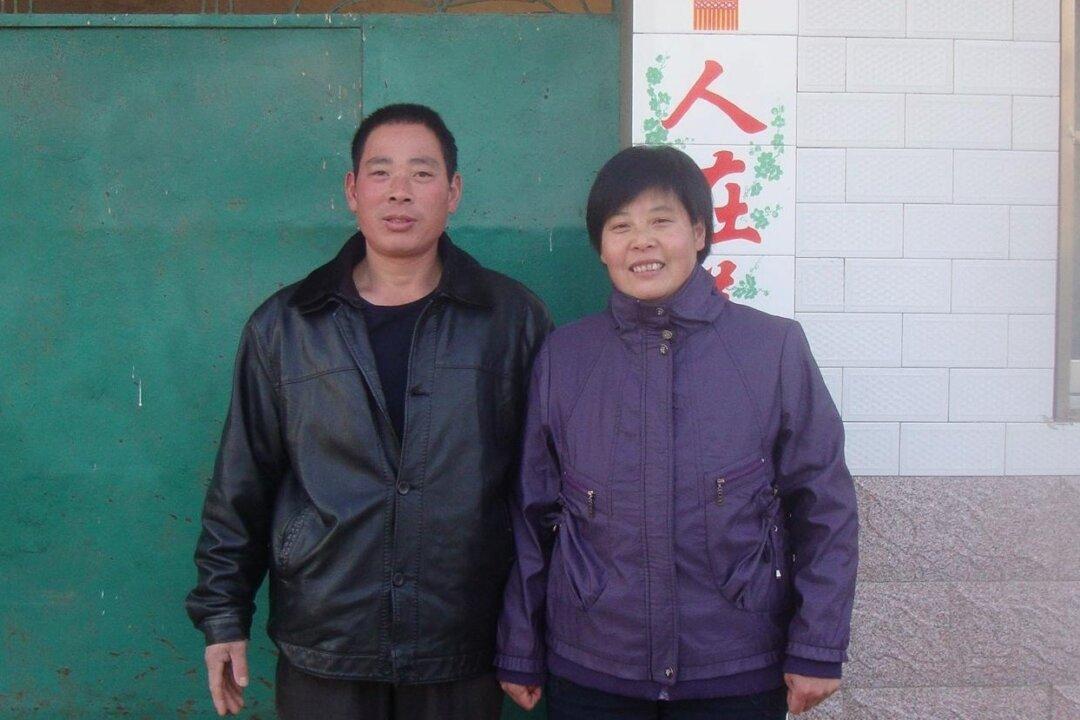By analyzing nighttime lighting data and overhead satellite imagery, the study adds new information about the “poorly understood” imprisonment and detention of Tibetans as part of the CCP’s repression policies in the region, as stated in the report.
“The Tibetan detention system is still very much a black hole to the international community,” the report reads.
“This study sought to add another piece to the puzzle in the hope of helping and encouraging other workers to complete the picture.”
Out of 79 prisons and detention centers examined, the report found upsurges in nighttime lighting in 14 higher-security facilities. Significant increases were observed in four prisons in 2019–2020 and 10 detention centers in 2021–2022.
“This trend may suggest a shift towards longer detentions and imprisonments and is similar to recent observations in Xinjiang too, where a high percentage of these facilities showed active growth in nighttime lighting in 2019 and 2020,” the report reads.
In 1951, Chinese communist troops marched to Tibet—historically home to the Tibetan ethnic group with unique Buddhist traditions—forcing its leaders to accept a treaty that promised to uphold the region’s existing political system, regional autonomy, and religious freedom.
Since then, the CCP initiated a campaign to strip the region and its peoples of its unique cultural and religious heritage—a campaign critics and activists call “cultural genocide.”
In recent years, the CCP’s strategy has shifted toward preventive repression, which includes indoctrination from a young age then forceful vocational training and imprisonment, the report states.
“The lack of evidence on the situation in Tibet should not be considered evidence of an absence of repression, but rather highlights the need for greater research,” the report reads.
Rand’s study examines 79 facilities, but it notes that there could be many more, as its starting point was only those identified by the Tibet Research Project.
The researchers measured energy consumption in those facilities through nighttime lighting data using satellite-based sensors; the data were analyzed in monthly trends. They cross-checked their findings with overhead satellite imagery, which allowed them to detect changes in the construction or expansion of existing facilities.
This methodology had been developed and used to study the “growth and decline” of detention facilities in Xinjiang.
Torture and Sexual Abuse
There have been accounts of human rights violations—such as torture, rape, and sexual abuse—during imprisonment in some of the facilities examined, but it isn’t clear that these are widespread or state-sanctioned, according to Rand.“In Tibet, while nothing on the scale of methods applied to the Uyghurs or Falun Gong devotees has been monitored, new and disturbing accounts have recently come to light of torture and imprisonment in specific facilities,” the report reads.
The report cites the testimony of a monk who was detained at a facility at Nagchu Prefecture in Tibet. The monk is said to have endured thought reform sessions with the purpose of suppressing his faith in the Dalai Lama.
He mentioned that detention officers would frequently beat him, along with other older monks and nuns, given their physical weakness.
“Many nuns would lose consciousness during the [military drills]. Sometimes officers would take unconscious nuns inside where I saw them fondle the nuns’ breasts and grope all over their body,” he is quoted as saying.







